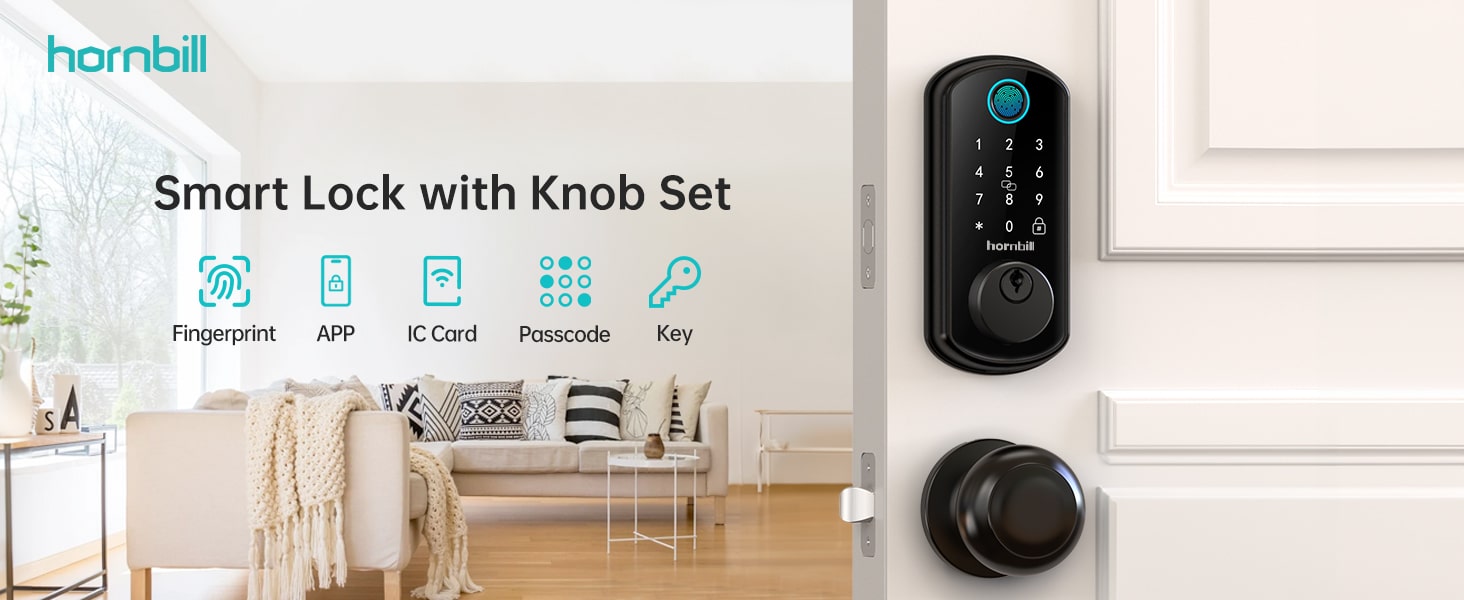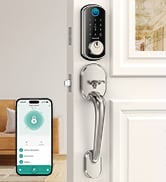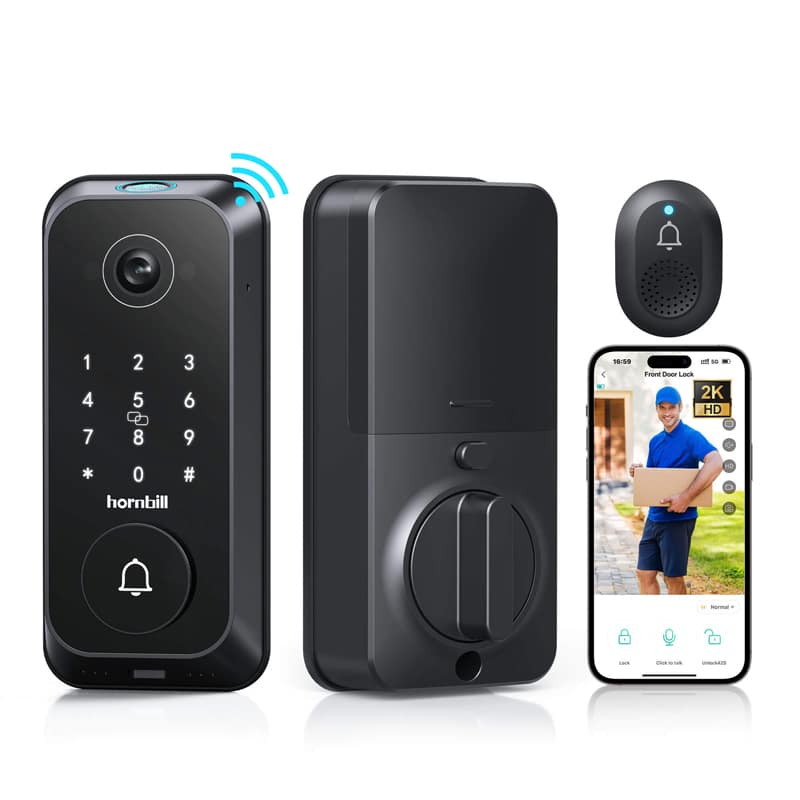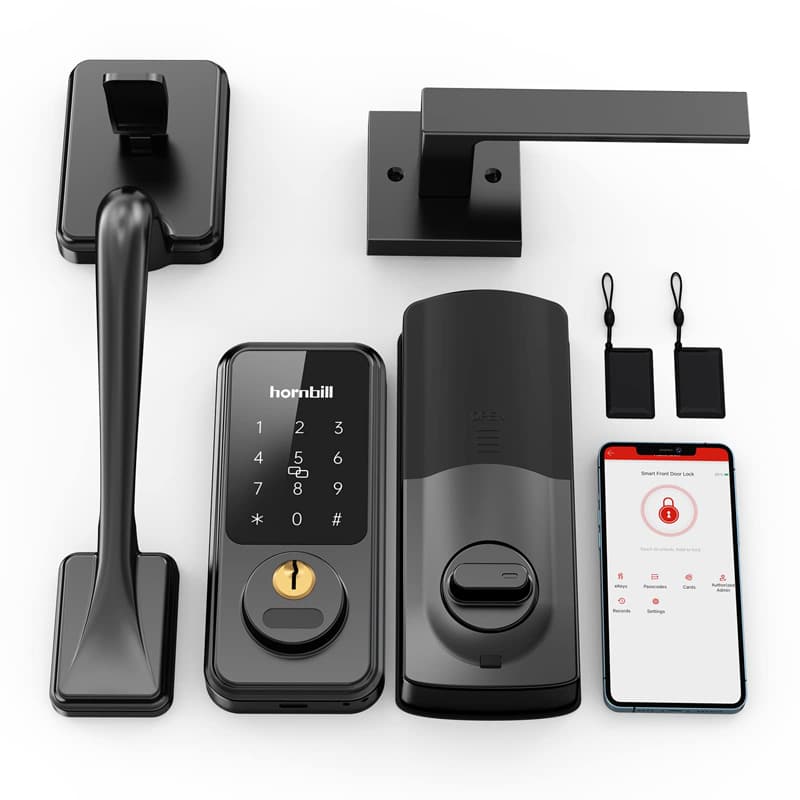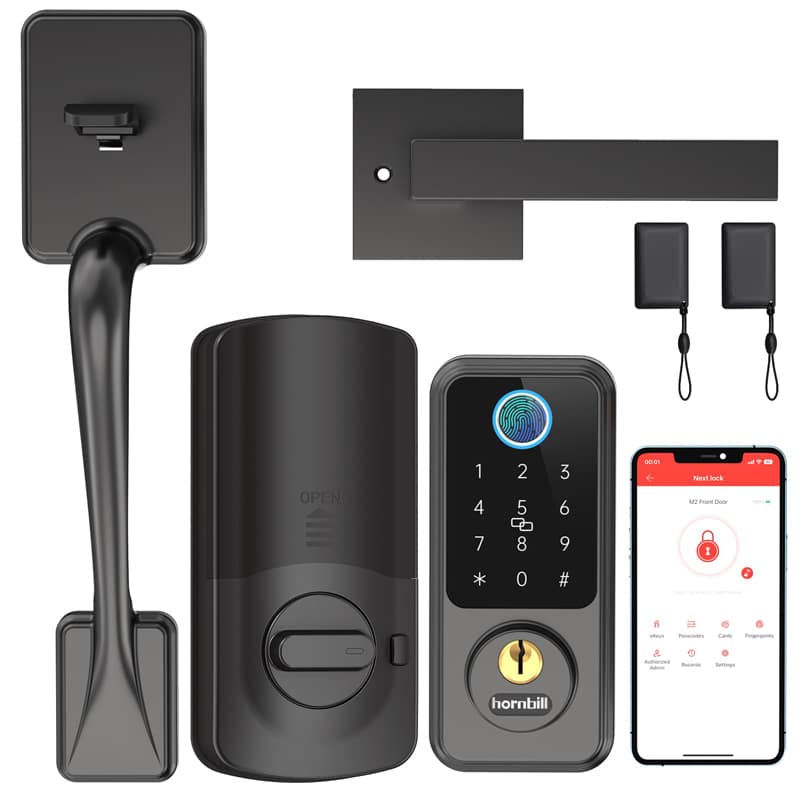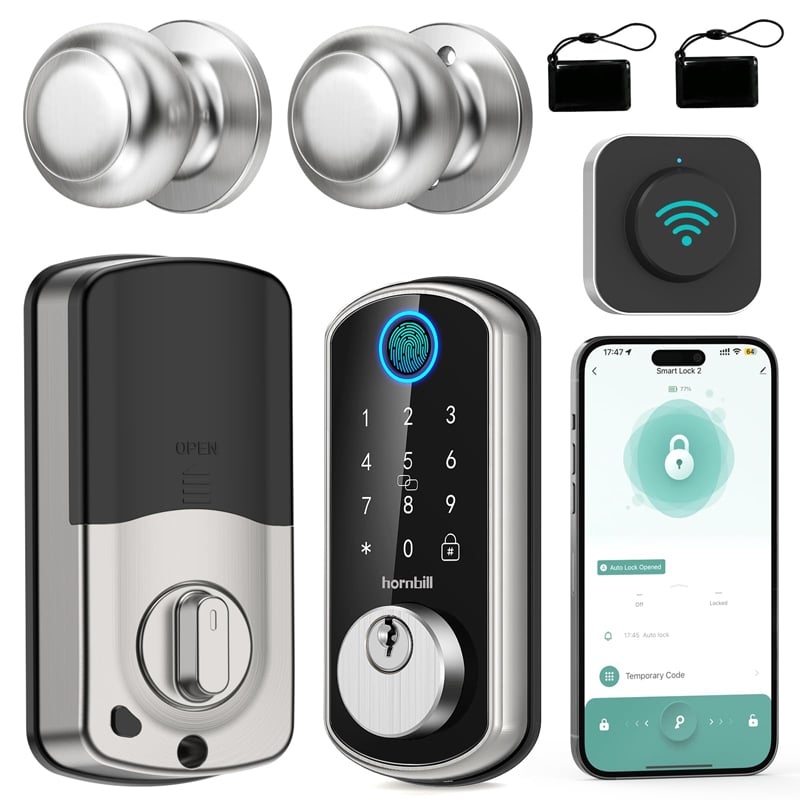When considering the use of fingerprint door locks, a common concern is around the possibility of the fingerprint recognition system failing and the subsequent inability to access the premises. However, the technology and design behind these locks have taken this concern into account, and thus, they usually come equipped with multiple backup methods should the primary fingerprint recognition system fail.
Most fingerprint door locks feature alternative unlocking methods which serve as backups. These include:
Passcodes or PINs:
Aside from the fingerprint, a personalized passcode can be programmed into the lock’s system. This passcode is entered on a keypad interface and can serve as a reliable alternative should the fingerprint method fail. Some coolseer wifi fingerprint door locks even offer one-time use codes or temporary codes that can be given to visitors or service providers.
Physical keys:
While the entire concept of a fingerprint deadbolt door lock is to avoid the use of traditional keys, some of these locks still maintain this feature as a last resort. They come with a hidden keyhole that can be accessed in cases of total failure of other authentication methods, making them a mixture of the classic and the modern.
Smartphone Accessibility:
Hornbill smart locks offer smartphone connectivity, which means you can unlock your door using a compatible app on your smartphone via Wi-Fi or Bluetooth. This feature not only serves as a backup but also allows you to unlock your door from remote locations.
Thus, while the idea of being locked out due to a fingerprint recognition failure may initially seem unnerving, there’s no need to worry. Modern fingerprint door locks are designed with multiple fail-safes to ensure you always have access when you need it.


